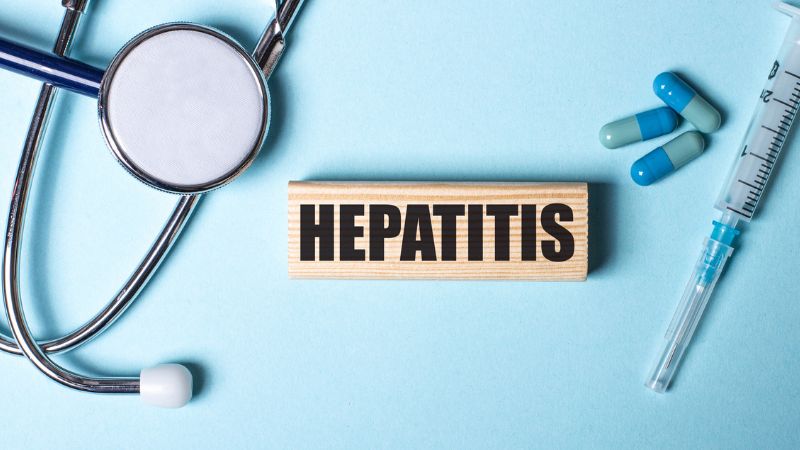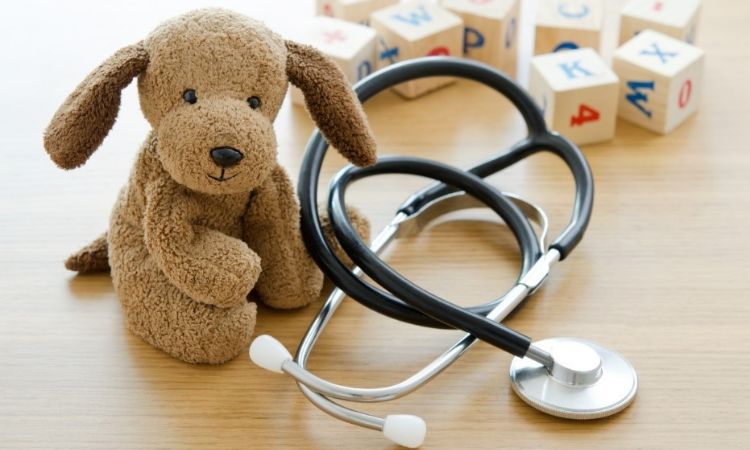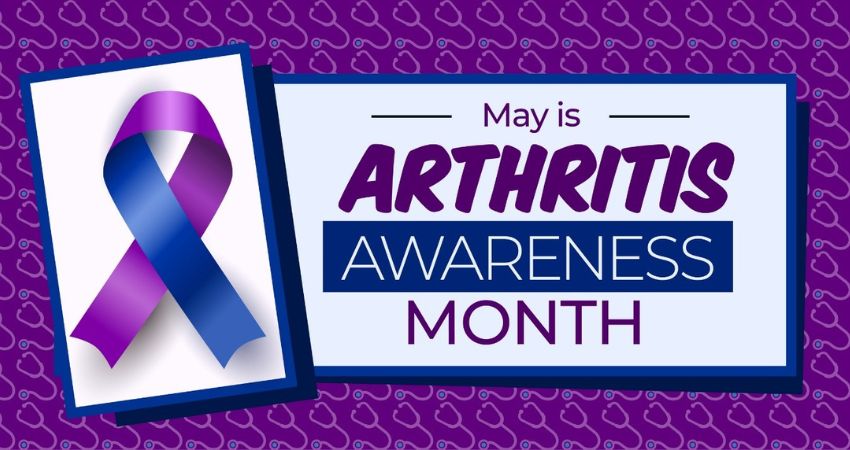7 Types of Cancer Screenings and When You Should Get Them
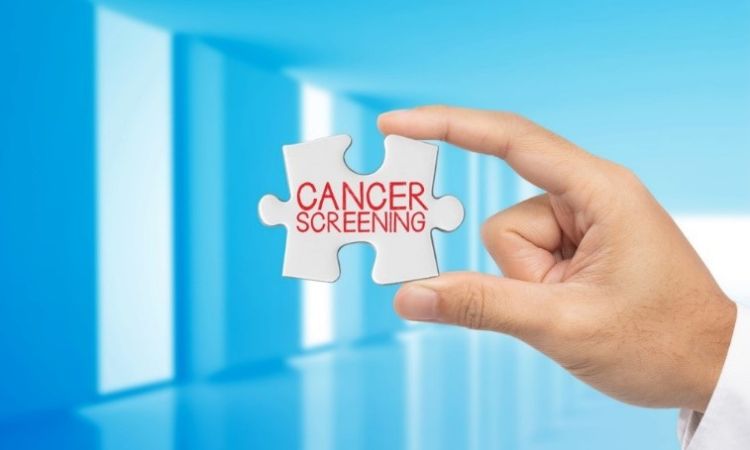

Cancer is a devastating disease that affects millions of people around the world. According to the World Health Organization (WHO), cancer is the second leading cause of death globally. However, early detection and treatment can significantly improve a person’s chances of survival. Whether you have a family history, are a high-risk individual, or want to take proactive health measures, various types of cancer screenings are available. However, navigating which ones you need and when to get them can be overwhelming.
Types of Cancer Screenings: Timelines and Methods
Preventative care and screenings are crucial for early detection. A firm understanding of what is offered and what is involved with each will assist you in making informed decisions. Here are various types of cancer screenings, testing methods, and recommended timelines:
1. Breast cancer screening
Mammography is the primary screening tool for breast cancer. Women aged 40-44 can consider starting mammography if they wish, while women aged 45-54 should get mammograms annually. Women aged 55 and older can switch to mammograms every two years or continue yearly screening. Women at high risk for breast cancer may need to start screening earlier or get additional tests such as a clinical breast exam or breast MRI.
2. Cervical cancer screening
The Pap test detects any cellular changes on the cervix that could become cervical cancer if not treated. Women should start getting Pap tests at age 21 and continue until age 65. Then, depending on age and other factors, the frequency of screening may vary from once every three years to once every five years.
3. Colorectal cancer screening
Several screening tests are available, including colonoscopy and stool tests. There is also the option of a virtual colonoscopy performed outside the body with an x-ray machine and computer. Adults aged 50-75 should get screened regularly, with the frequency depending on the type of test used.
4. Skin cancer screening
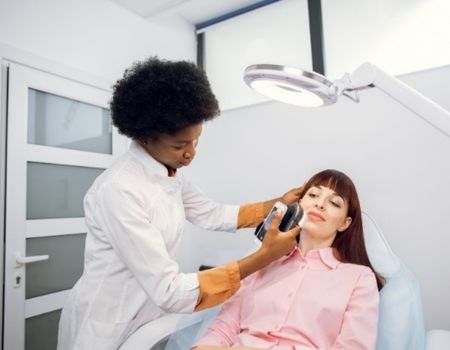

Dermatologists can perform skin exams to detect skin cancer. While there is no recommended age for starting screening, individuals with a history of sun exposure, a family history of skin cancer, or numerous moles may benefit from regular skin exams.
5. Prostate cancer screening
The prostate-specific antigen (PSA) blood test is used to screen for prostate cancer. Men aged 35 and older should discuss the benefits and risks of screening with their doctor, as the optimal screening frequency and approach are unclear.
6. Lung cancer screening
Low-dose computed tomography (LDCT) is used to screen for lung cancer in high-risk individuals, such as those with a smoking history. Also referred to as a low-dose CT scan, you get detailed images of your lungs. Screenings are recommended annually for those aged 50-80 with a history of smoking 20 packs a year or more. You also get screened if you have quit smoking within the past 15 years
7. Pediatric cancer screening
The American Cancer Society states that no widely recommended screening tests exist for children who are not at an increased risk. However, children should undergo routine health exams, including newborn screening tests, to see if they have any unusual signs or symptoms that persist.
Why Early Detection Matters
Knowledge is power; the earlier you can obtain it, the better the chance of a cure and survival. Consider this, the 5-year survival rate for localized breast cancer (cancer that has not spread outside the breast) is 99%. Likewise, the 5-year survival rate for localized colorectal cancer is 90%. These screenings provide vital information and are too important to your overall health to ignore.
Harmony Healthcare Long Island
We are here to provide information, guidance, and care to all members of the community. Contact us today with any questions or concerns about what cancer screenings you should have and when.




